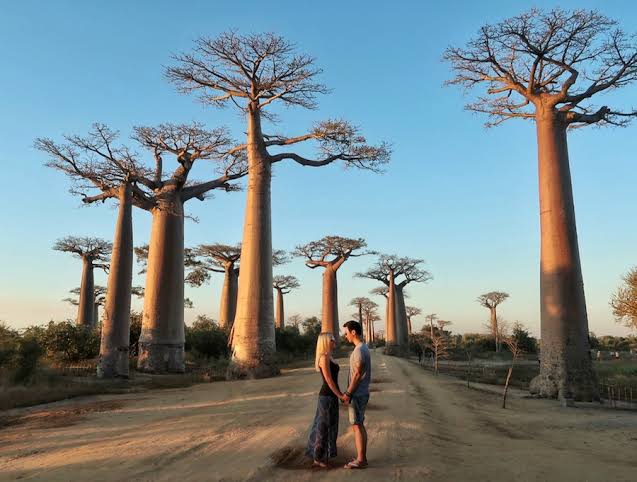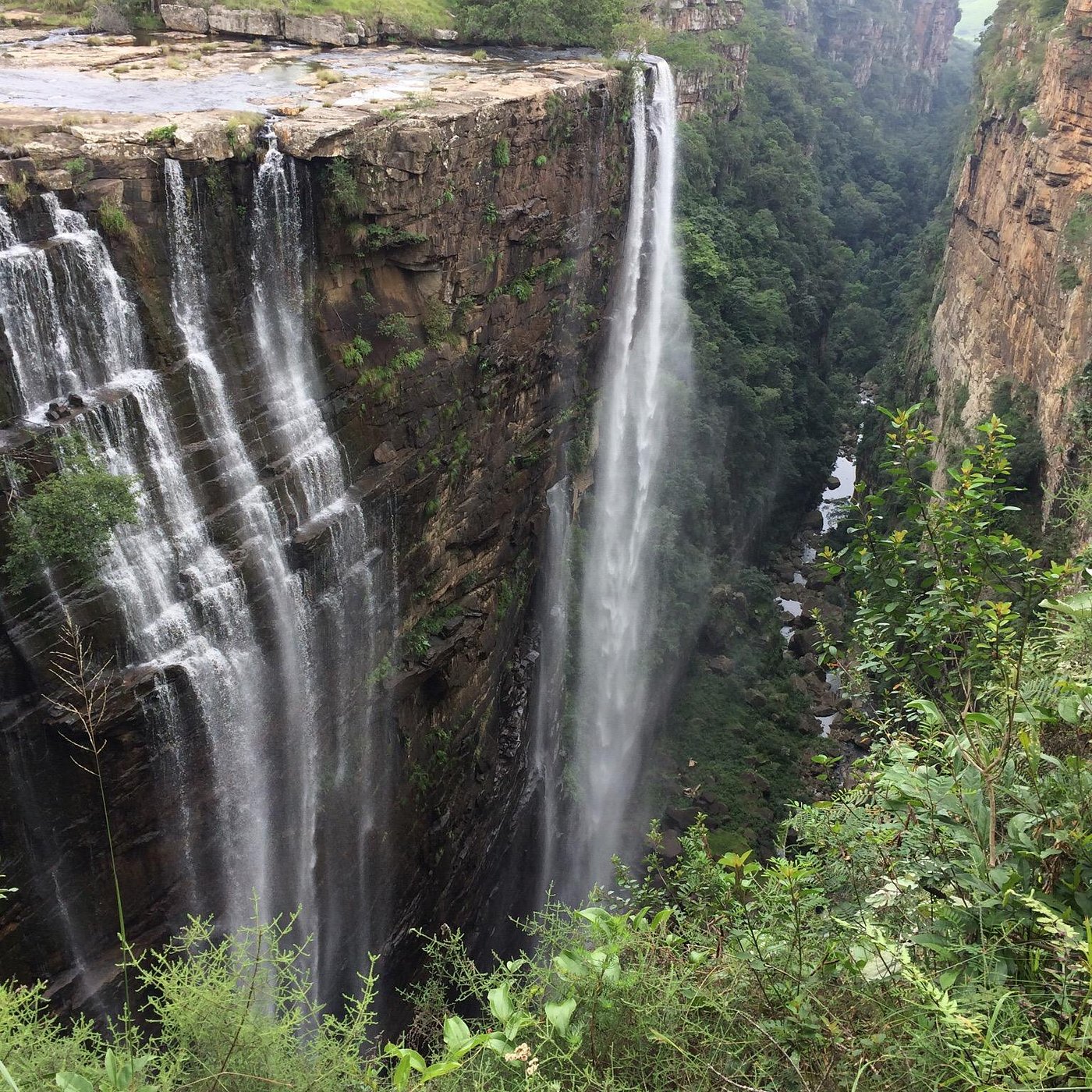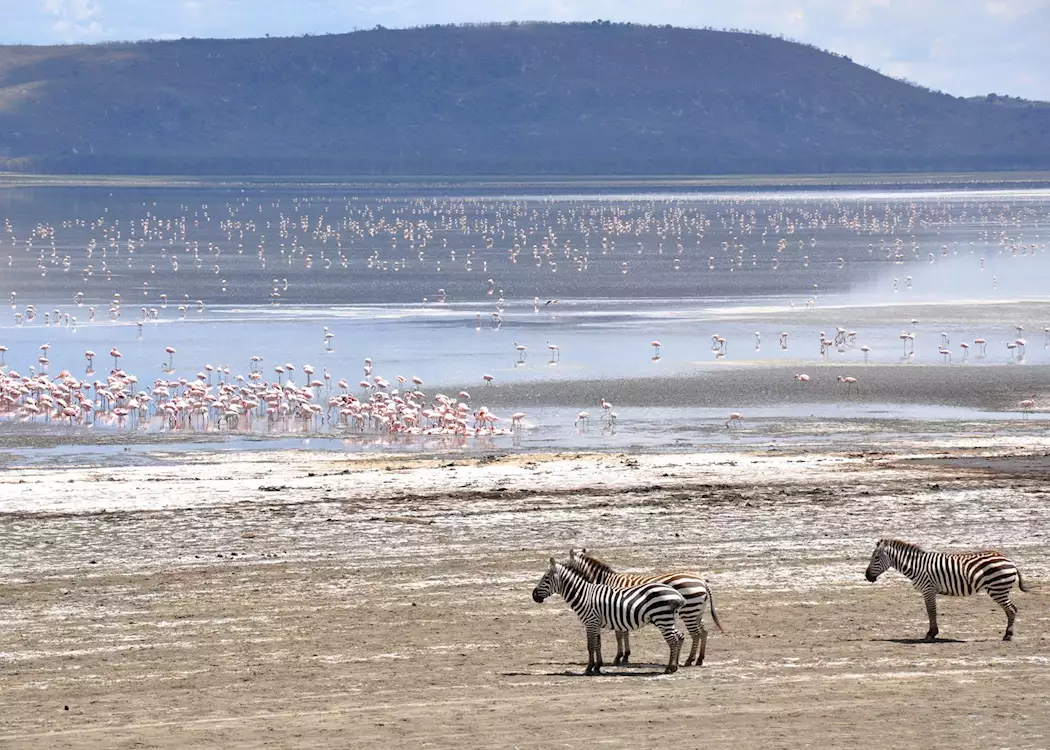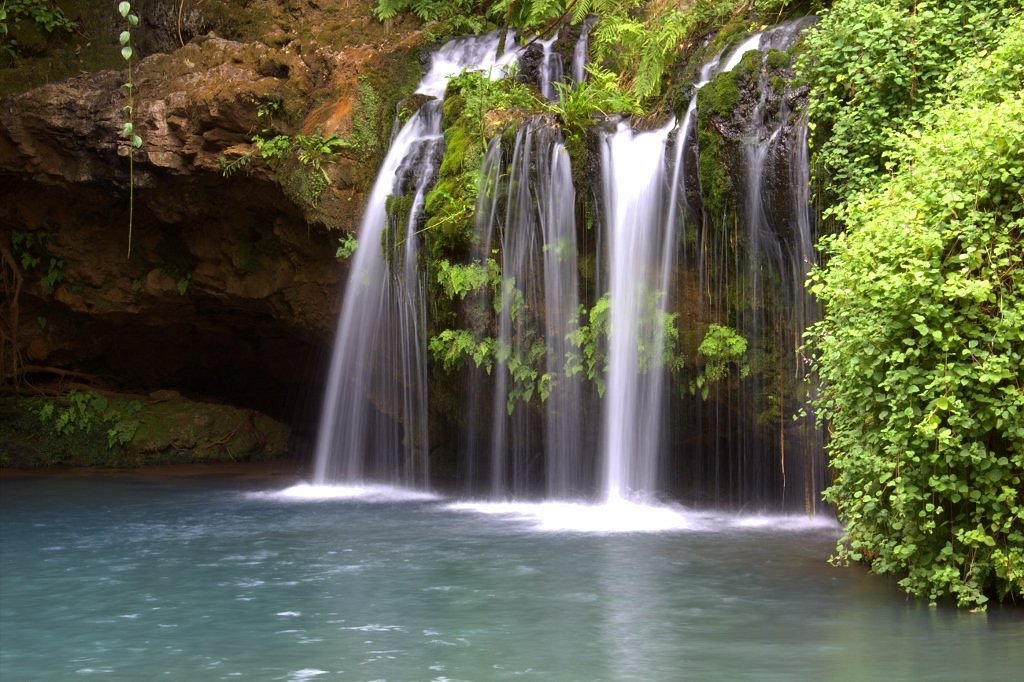The rental car guy in Antananarivo looked at me like I was insane. "You want to drive to Tsingy? Yourself? In the rainy season?" He made three phone calls in Malagasy, shook his head repeatedly, then finally handed over the keys to a beat-up Toyota Hilux. "Your funeral," he muttered in French.
Three weeks and 2,000 kilometers later, I understood his concern. But I also understood why this road trip from the Avenue of the Baobabs to Tsingy de Bemaraha is one of the most rewarding adventures in Africa. It's not easy. The roads will test your patience, your vehicle, and possibly your relationship. But the rewards? They're the stuff of travelers' dreams.
The Route: Avenue of the Baobabs to Tsingy de Bemaraha
Total Distance: 200km (looks easy on the map – it's not) Realistic Driving Time: 8-10 hours (dry season), 12+ hours (rainy season) Best Vehicle: 4x4 with high clearance, spare tires (plural), and a sense of humor
The route breaks down into three sections: 1. Morondava to Belo sur Tsiribihina (100km, paved-ish) 2. River crossing at Belo 3. Belo to Bekopaka/Tsingy (100km, calling it a "road" is generous)
Starting Point: Avenue of the Baobabs
Everyone knows the photos – massive baobab trees reflected in water at sunset, maybe a zebu cart for scale. What photos don't show is the circus of tourists, vendors, and tour buses that descends every evening.
Here's the secret: go at sunrise instead.
I woke at 4:30 AM, drove the 45 minutes from Morondava in darkness, and arrived to absolute solitude. As the sun rose, mist clung to the baobabs' bases, and the only sounds were birds and zebu bells. By 6:30 AM, I had the shots everyone wants, plus an hour of pure magic.
- Bring a wide-angle lens (these trees are HUGE)
- A polarizing filter cuts glare off the water
- The reflection pool only exists in rainy season
- Drone shots at sunrise are unbeatable (if permitted)
- **Baobab Amoureux:** Two baobabs twisted together
- **Sacred Baobab:** Locals leave offerings here
- **The scattered giants:** Along the road to Kirindy
Morondava: Last Stop for Everything
Stock up here. Seriously. After Morondava, shops become "a guy with warm Coke and stale biscuits."
- Fuel (fill tank + carry jerry cans)
- Water (10L per person minimum)
- Food for 3 days
- Basic tools and spare parts
- Cash (no ATMs beyond here)
- **Chez Maggie:** Beachfront, great seafood, ₹3,500/night
- **Hotel Baobab Café:** Pool, reliable WiFi, ₹2,500/night
The Road to Belo: When Paved Becomes Relative
The first 50km lulls you into false confidence. It's paved! Sort of. Then comes the degradation – potholes become craters, tarmac becomes memory, and you understand why everyone takes 4x4s.
Key Stops: Kirindy Forest Reserve (45km from Morondava): Worth the detour for fossa sightings. These lemur-hunting predators look like a cat-dog hybrid designed by committee. Night walks here are incredible – mouse lemurs, chameleons, and if lucky, the fossa hunting.
- Speed kills suspensions. Go slow.
- Locals know every pothole. Follow their lines.
- The "good" road is sometimes through the village, not on it
- Budget 4 hours for this 100km stretch
Belo sur Tsiribihina: The River Crossing
Belo marks the end of anything resembling normal driving. But first, you need to cross the Tsiribihina River.
- "Ferry" is generous. It's a platform on oil drums.
- Operates sunrise to sunset only
- Costs ₹20,000 for vehicles
- Takes 30-45 minutes
- No schedule – it goes when full
I arrived at 2 PM to find 15 vehicles waiting. The ferry takes three vehicles at a time. Do the math. We crossed at sunset, watching the river turn gold while locals fished from pirogues. Not the worst delay I've had.
- **Mad Zebu:** Only real hotel, has a pool!, ₹2,000/night
- **Various "hotely":** Local guesthouses, ₹500/night, basic but friendly
Belo to Bekopaka: The Real Adventure Begins
- Deep sand (air down your tires)
- Volcanic rock (air them back up)
- Random river crossings (pray)
- Sections that vanish entirely (follow the zebu tracks)
- **Km 30:** Deep sand section. I got stuck twice. Locals materialized from nowhere to help push (tip them).
- **Km 55:** River crossing. In dry season, it's 30cm deep. In wet season, find the ferry guy.
- **Km 75:** The road splits. Take the left fork unless you want a 20km detour through rice paddies.
- Start early. Driving this in darkness is asking for trouble.
- Carry boards/tracks for sand sections
- A winch is worth its weight in gold
- Download offline maps – GPS is sketchy
- Bring entertainment. You'll be going 10-20km/h
Bekopaka: Gateway to Tsingy
Arriving in Bekopaka felt like reaching civilization, even though it's just a dusty village. But it has cold beer, and after that road, cold beer is civilization.
- **Le Soleil des Tsingy:** Best in town, ₹3,000/night
- **Orchidée du Bemaraha:** Good restaurant, ₹2,500/night
- **Basic guesthouses:** ₹800/night, clean enough
Tsingy de Bemaraha: The Stone Forest
Nothing prepares you for Tsingy. Imagine limestone carved by centuries of rain into thousands of razor-sharp spires. It's like nature's version of a Gothic cathedral, if Gothic cathedrals could kill you.
The Two Circuits:
- Easier introduction
- Still involves ladders and cables
- Great for photography
- Open year-round
- The full experience
- Harnesses required (provided)
- Not for anyone with height/confined space issues
- Closed in rainy season
The Grand Tsingy Experience: You start in forest, then suddenly you're climbing ladders bolted to sheer rock. The path leads through caves so narrow you exhale to fit, across suspension bridges between spires, and up to viewpoints that make your knees weak.
The moment you emerge on top, standing among the spires with Madagascar stretching endlessly below, every kilometer of bad road becomes worth it.
- Start early. Heat on the rocks is brutal after 10 AM
- Bring gloves. The limestone is sharp
- Wear proper shoes. Flip-flop guy got helicoptered out
- Guides are mandatory and worth it
- Bring 3L of water per person
Wildlife Encounters Along the Way
The road trip isn't just about destinations. The journey offers incredible wildlife:
- **Sifakas:** The dancing lemurs. Watch them "hop" across open ground
- **Red-fronted brown lemurs:** Curious and approachable
- **Sportive lemurs:** Night-active, look for eye shine
- **Parson's chameleon:** Size of your forearm
- **Leaf-tailed geckos:** Invisible until they move
- **Radiated tortoises:** Critically endangered, beautiful shells
- **Sickle-billed vanga:** Looks like nature's joke
- **Madagascar fish eagle:** Rarer than you'd think
- **Bee-eaters:** Clouds of color at river crossings
When to Go: Seasonal Reality Check
- Roads are passable
- Wildlife viewing is excellent
- Tsingy fully accessible
- Accommodation gets booked up
- Roads can become impassable
- Better baobab reflections
- Fewer tourists
- Many lodges close
I went in early November, catching the shoulder season. Some rain, but manageable roads and zero crowds at Tsingy.
Budget Breakdown
- **Vehicle Rental:** ₹50,000-70,000 per week for 4x4
- **Fuel:** ₹30,000 for the full circuit
- **Accommodation:** ₹2,000-3,500 per night
- **Park Fees:** ₹25,000 per person for Tsingy
- **Guides:** ₹15,000 per day
- **Food:** ₹1,500 per day if eating local
Total for 1 week: ₹150,000-200,000 per person
Alternative Routes and Extensions
Via Miandrivazo: Longer but sometimes better roads. Adds 150km.
Continue to Morombe: From Tsingy, you can continue west to the coast. Beautiful beaches, no tourists, roads that make the Belo-Bekopaka stretch look like highway.
Kirindy-Mitea Loop: South from Morondava for baobab forests and dry deciduous forest. June-October only.
The Brutal Truth About This Road Trip
This isn't a casual drive through countryside. It's an expedition. You will get stuck. You will question your choices. You will eat rice three meals a day because that's what's available. You will arrive places exhausted, dusty, and possibly slightly delirious.
You will also see Madagascar in a way that 95% of visitors don't. You'll share trucks with locals and their chickens. You'll stop in villages where white faces are still an event. You'll watch sunsets from broken roads with no one around for 50 kilometers. You'll earn your views.
Why This Road Trip Matters
In a world of easy travel, instant gratification, and Instagram-ready experiences, the Baobab to Tsingy road trip is a throwback. It's travel that demands something from you. It's not about ticking boxes or collecting photos. It's about the journey – really, truly about the journey.
Because when you finally stand atop those limestone spires at Tsingy, or watch sunrise alone at the Avenue of the Baobabs, or share warm beer with locals in a village with no name, you remember why you started traveling in the first place.
Not for comfort. Not for likes. But for moments of pure, undiluted wonder that you had to work for. Madagascar's rough roads lead to those moments. The rental car guy was right – it's challenging.
He was wrong about one thing though. It wasn't my funeral. It was my rebirth as a traveler.



